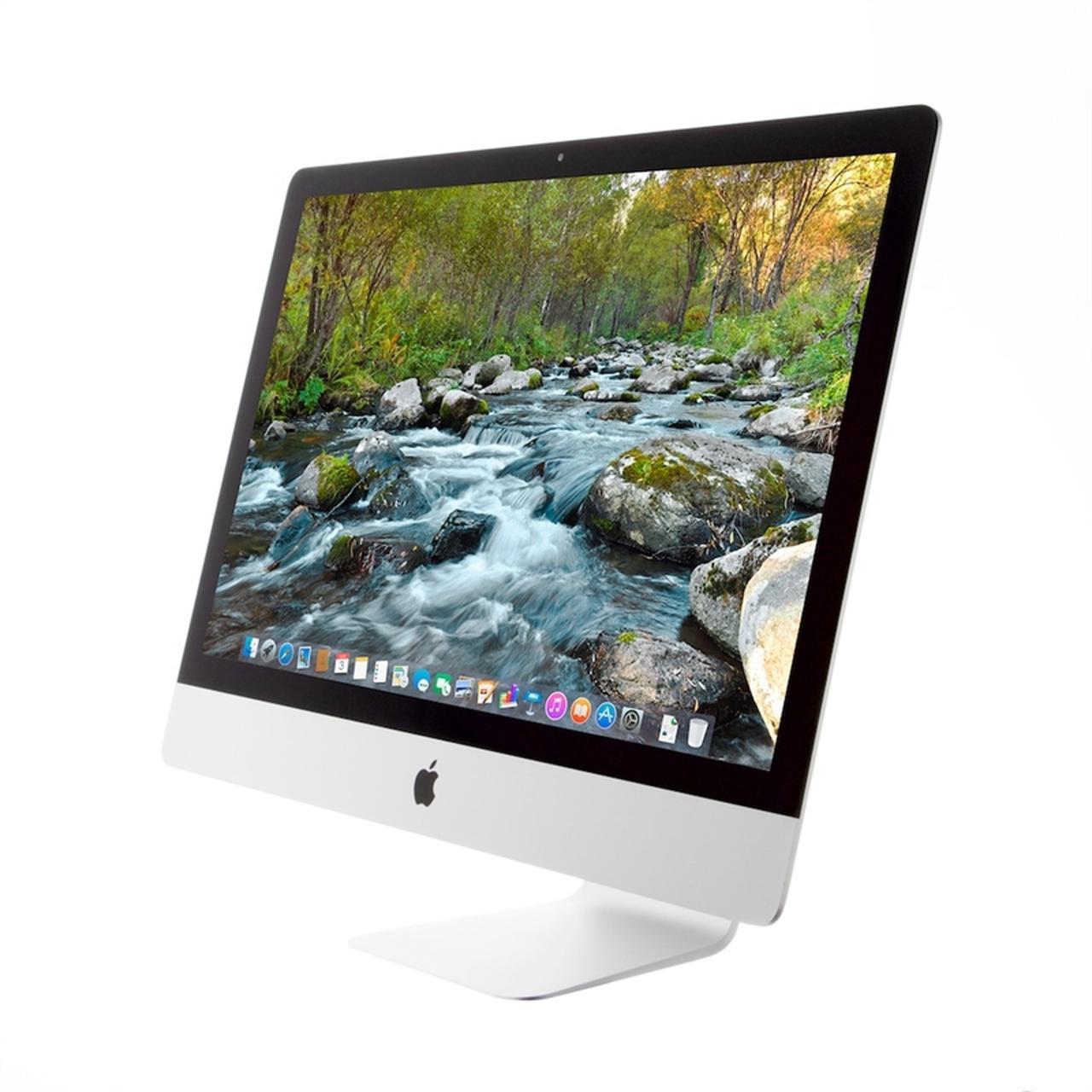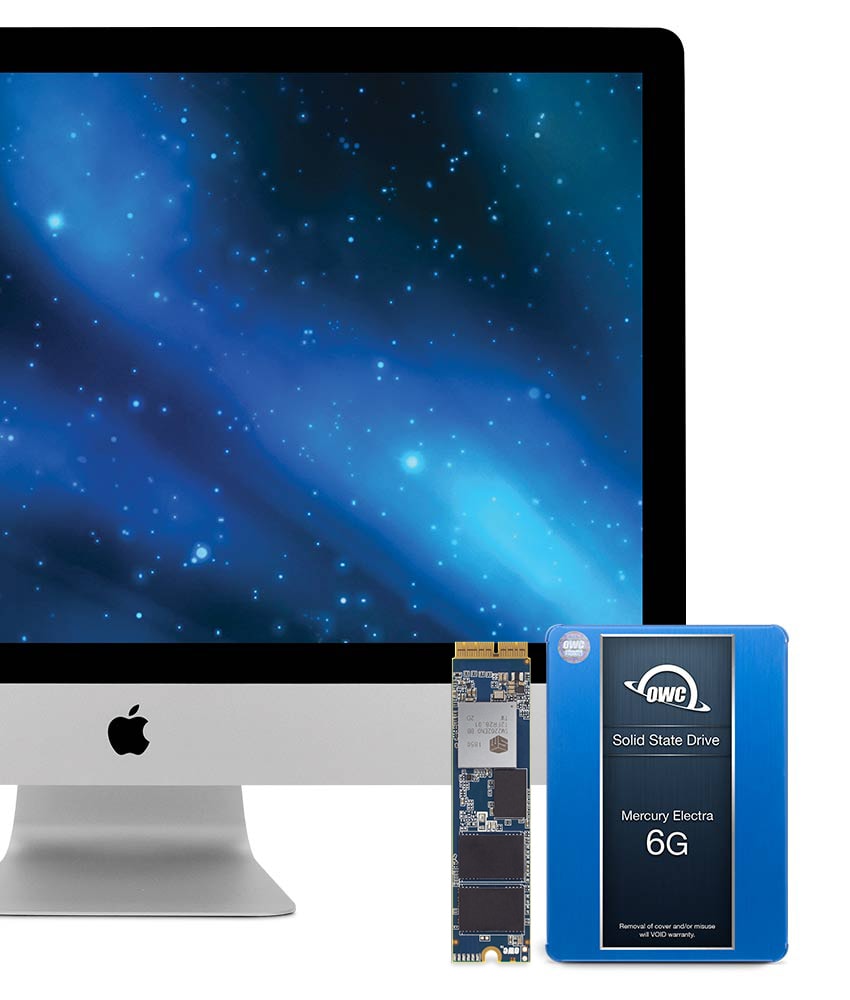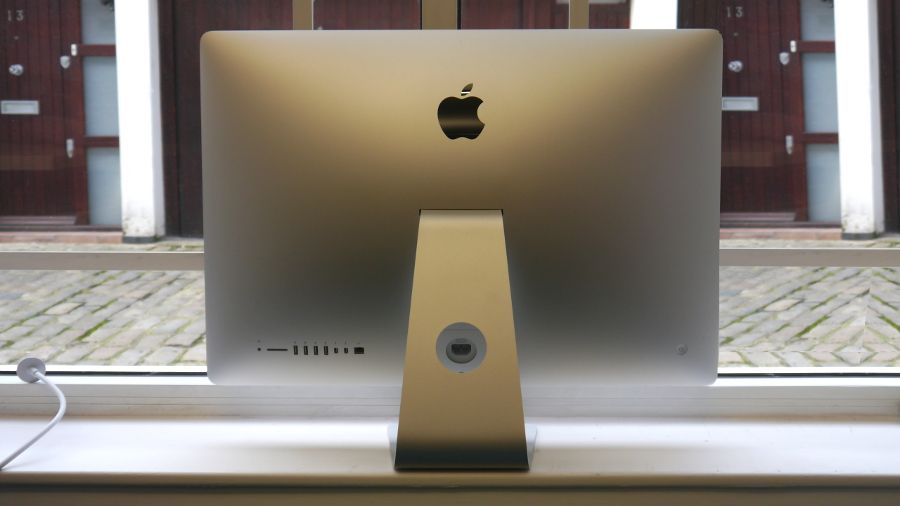

- #IMAC 27 LATE 2013 EVERYMAC UPGRADE#
- #IMAC 27 LATE 2013 EVERYMAC FULL#
- #IMAC 27 LATE 2013 EVERYMAC WINDOWS#
If you want to have more than 2 monitors, you can always use USB adapters utilizing DisplayLink's chipsets.

#IMAC 27 LATE 2013 EVERYMAC UPGRADE#
As my warranty has expired now, I want to upgrade the 128GB SSD to a larger one (preferably as large as possible), but I want to keep the traditional HDD for storage reasons, and upgrade it later. That configuration is likely the maximum number of pixels the machine can put out across two displays (or possibly 4K & 2560x1600). Im the proud owner of an 27-inch iMac 2012 with high-end configuration, but the 1TB fusion drive keeps being the bottleneck. It also suggests that the Retina iMac can support a 4K display (using MST) AND a Thunderbolt display at the same time (see footnote 5 in the table describing number of supported Thunderbolt Displays). This is the configuration that I am currently running (with 10.11.2), using two LG 27MU67 displays attached via DisplayPort-to-miniDP cables on each of the iMacs.

#IMAC 27 LATE 2013 EVERYMAC FULL#
It also says that each Thunderbolt port can only support one display of any kind, and so that would limit the iMac to two displays total. The Late 2015 iMac 5K with AMD 395X can support two external 4K (UHD) displays (at the full 3840x2160 res) with the builtin iMac display set to 5120x2880 FYI. Since I'm running it at native resolution, Retina/HiDPI pixel-doubled drawing puts pointless effort on the GPU (i.e., it doesn't serve to make anything appear crisper on screen).įWIW, this document from Apple says that the Retina iMac can support two Thunderbolt displays (2560x1440).
#IMAC 27 LATE 2013 EVERYMAC WINDOWS#
User interface animations (e.g., Mission Control) can be a little slower with these external displays running, but frankly it's not that snappy even without the external displays, if I have a lot of windows open. These settings likely result in a reduction in performance vs. I have the internal display set to scaled ("Looks like 2880 x 1620") and the 4K display set to 3840x2160 in Display Preferences. Machine: Core i5 3.5 GHz, Radeon R9 M295X 4GB VRAM graphics card (BTO upgrade), 16 GB RAM, Yosemite 10.10.5. The price went up 700 for the 5K panel, it was 2499 for a base model, compared to 1799 from the 2013 year. Recently when I purchased a second hand ‘ Late 2013 27″ iMac‘ I had a lot of trouble finding information online relating to certain aspects of the Internal Hard Drive Replacement Process.The Retina 5K iMac can support an external 4K (UHD) (3840x2160 monitor AND a second external monitor up to at least 1920x1200 (60Hz) at the same time. Original MSRP 1999 (Mid 2015), 2499, 2749 (Late 2014) This is the first year Apple introduces the 5K panel, they also brought a 4K resolution to the 21.5 iMac. For those who require assistance replacing their RAM modules, Apple has attempted to provide some directionthat you get to see after you're halfway through the process. There seemed to be a lot of grey areas that weren’t definitively covered which was frustrating. The iMac Intel 27' Retina 5K Display retains the familiar, easily accessible RAM upgrade slot from iMacs of yore. So I decided to take a punt and go with what I thought might work. Now I’m going to run you through what I learned. Alternates to the iFixIt ‘ iMac Opening Tool‘ and ‘ Plastic Cards‘.Do you need an ‘OWC In-Line Digital Thermal Sensor Cable’?.Alternates to the iFixIt ‘iMac Adhesive Strips’.The iMac Model that I will be referencing in this tutorial is the ‘ Late 2013 27′ iMac‘.

It’s Model Identifier is ‘iMac 14,2’ and it might also be referenced as ‘A1419’ or ‘EMC 2639’. The team at EveryMac give a solid overview of the model here. While I will be discussing some alternates to the tools that iFixIt recommend, I still 100% support their work. I used the iFixIt Tutorial for this repair and I would have been stuck without it. The points I will be discussing here are more of a DIY approach to what is on offer at iFixIt. One of the first friction points that I stumbled across is in the very first step, removing the display. On the iFixIt Tutorial it states this warning right from the get go ‘The hub on the iMac Opening Tool will keep you from pushing the wheel in too far. If using a different tool, insert no more than 3/8″ into the display. You risk severing antenna cables and causing serious damage’.


 0 kommentar(er)
0 kommentar(er)
